
What's more, CXOs who believe that they can substitute data scientists for real data integration are as foolish as the duffer who consistently uses the wrong club.

What's more, CXOs who believe that they can substitute data scientists for real data integration are as foolish as the duffer who consistently uses the wrong club.
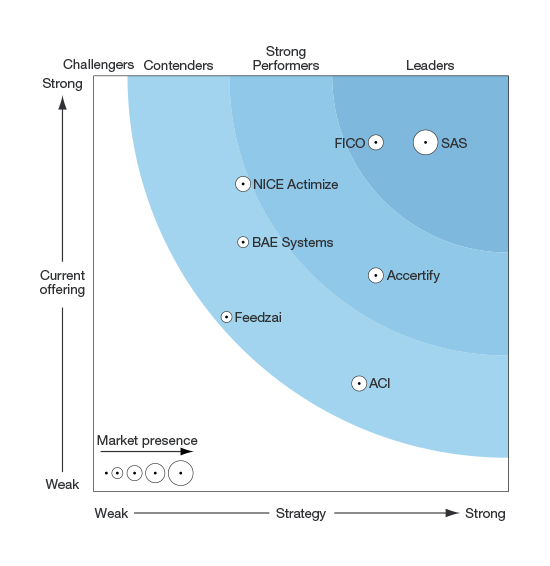
Financial institutions evaluating fraud management solutions face a crowded vendor landscape. Dozens of vendors claim to offer various pieces of the puzzle. With so many choices available, how will you sort through the marketing rhetoric to find the best fit for your organization? You could assemble a team of analysts

Do you need help picking a summer vacation destination - one that's not just great, but surreal? If so, this blog's for you! It's that time of the year again - I've got gobs of vacation time saved up, but I was drawing a blank on where to go... So I turned
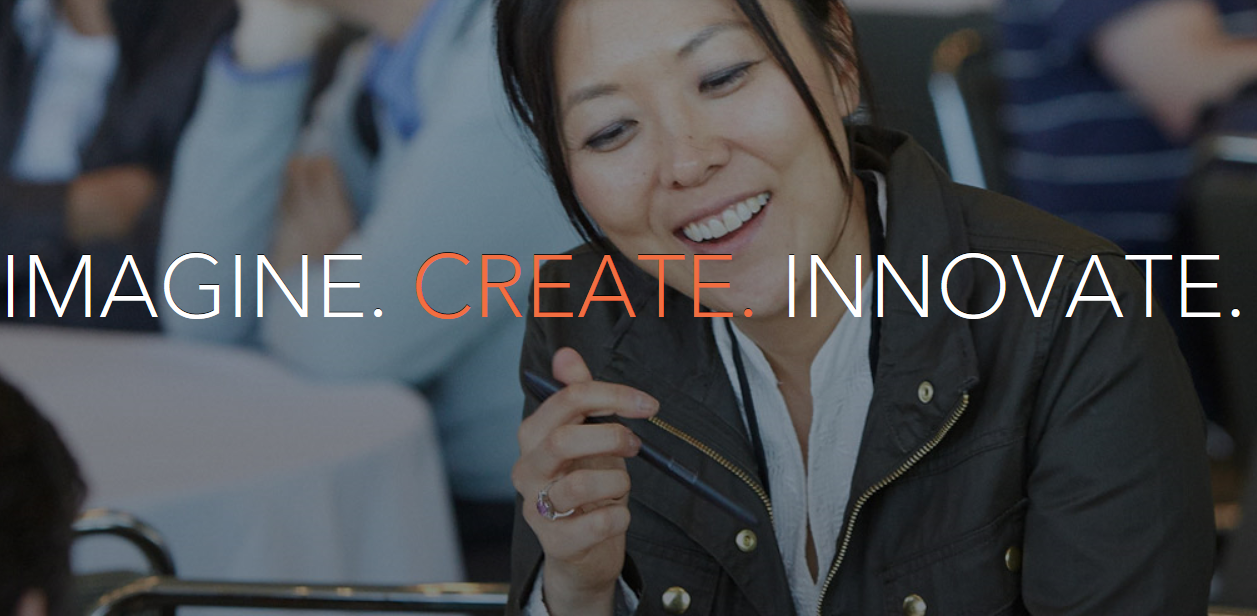
SAS Global Forum 2016 recently concluded and by all measures it was a huge success. With more than 5,000 attendees, hundreds of crazy-good talks and countless networking and learning opportunities, it very likely was the best SAS users’ conference yet. To put a bow on this year’s event, and help
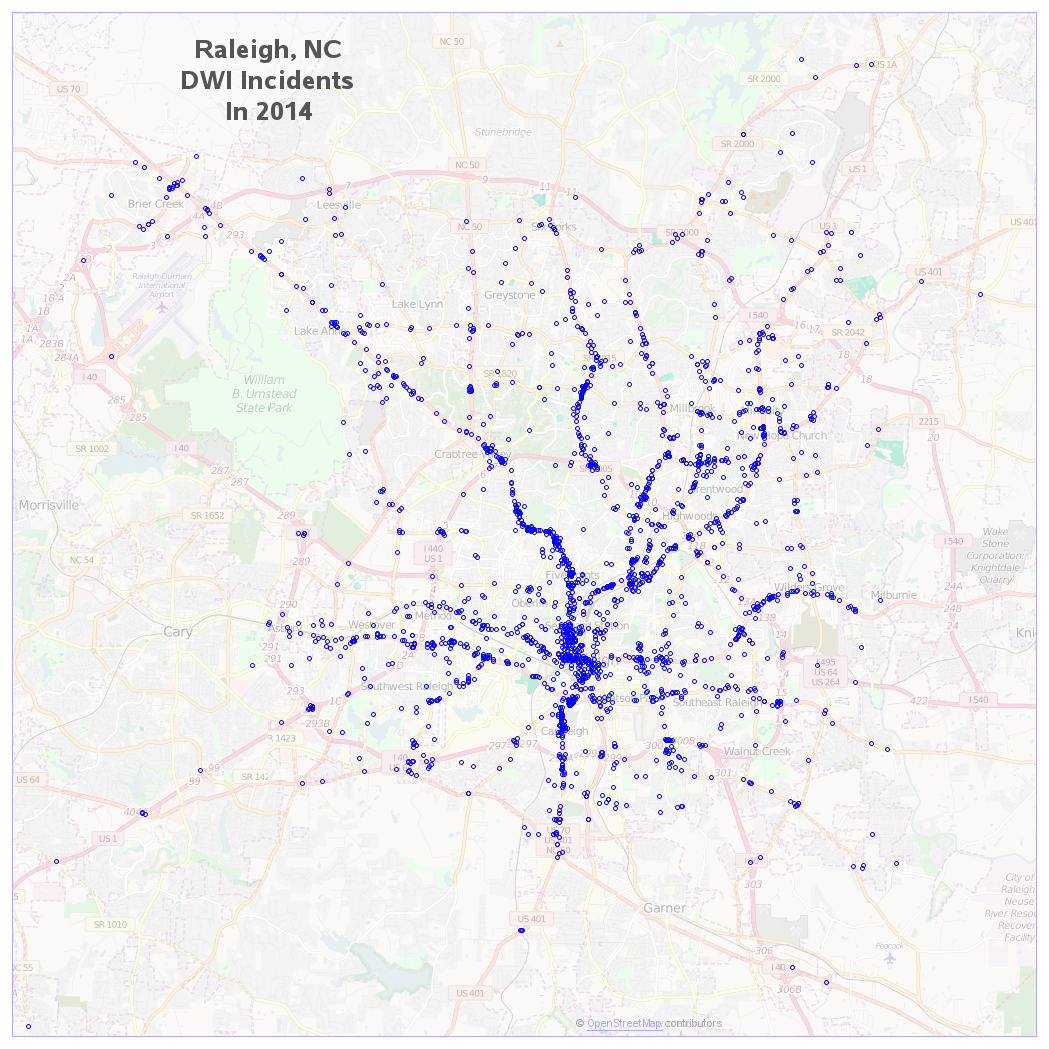
In this blog post I explore some of the open data police incident reports for Raleigh and Cary, while showing you the easy way to handle various types of CSV files. In recent years, many cities have set up open data websites, to share various kinds of data about their city.
.@philsimon asks some fundamental questions about taking the next step with #bigdata.

There’s no such thing as a free app. “What?” I hear you say, “but I download free apps all the time!” So then why do organisations spend considerable time and effort creating free apps? Often their goal is to collect data and turn it into money. Consider this example. There’s

The Barnett Shale in North Texas hit a historic mark on April 25: Its rig count fell to zero. Two hundred rigs once harvested the 40 trillion cubic feet of natural gas in this massive basin, stretching beneath 17 Texas counties. Today, nothing. This dramatic silence in North America’s second-largest

Over the years I have written many blogs about insurance fraud including those on anti-money laundering, data quality in fraud, anti-fraud technology, life insurance fraud and even ghost broking. It’s clear that insurance fraud comes in many shapes and sizes and as losses continue to grow, detecting and preventing fraud

When was the last time an informational graph or chart caught your eye? I mean, really caught your eye in a way that made you want to emblazon it on a greeting card or frame it for your office? What’s that…never? Me neither, until I had the opportunity to see

When you attend SAS® Global Forum - a conference where you’re surrounded by data scientists, programmers and those who grew up as the smartest people in the room – you expect to hear talk about big data and advanced analytics. What you don’t expect to hear are compelling messages about

Impressive innovations and exciting announcements took center stage (literally) at Opening Session of SAS Global Forum 2016. Near the end of the session, SAS CEO Jim Goodnight shared news about SAS’ new architecture that had everyone abuzz. SAS® Viya™ - There’s a new headliner in Vegas “We are unveiling a

The digital revolution has affected all aspects of business, including supply chains. The Internet of Things (IoT), with its network of devices embedded with sensors is now connecting the consumer to the factory. Technologies such as RFID, GPS, event stream processing (ESP) and analytics are combining to help companies to transform their existing

El especialista en BI puede ejecutar los algoritmos remotamente y pagar solo por lo que utiliza. Esto evita que las empresas realicen grandes inversiones en infraestructura y en personal dedicado a la mantención del hardware y respaldo de los datos. Actualmente la Inteligencia de Negocios (BI) es una práctica común
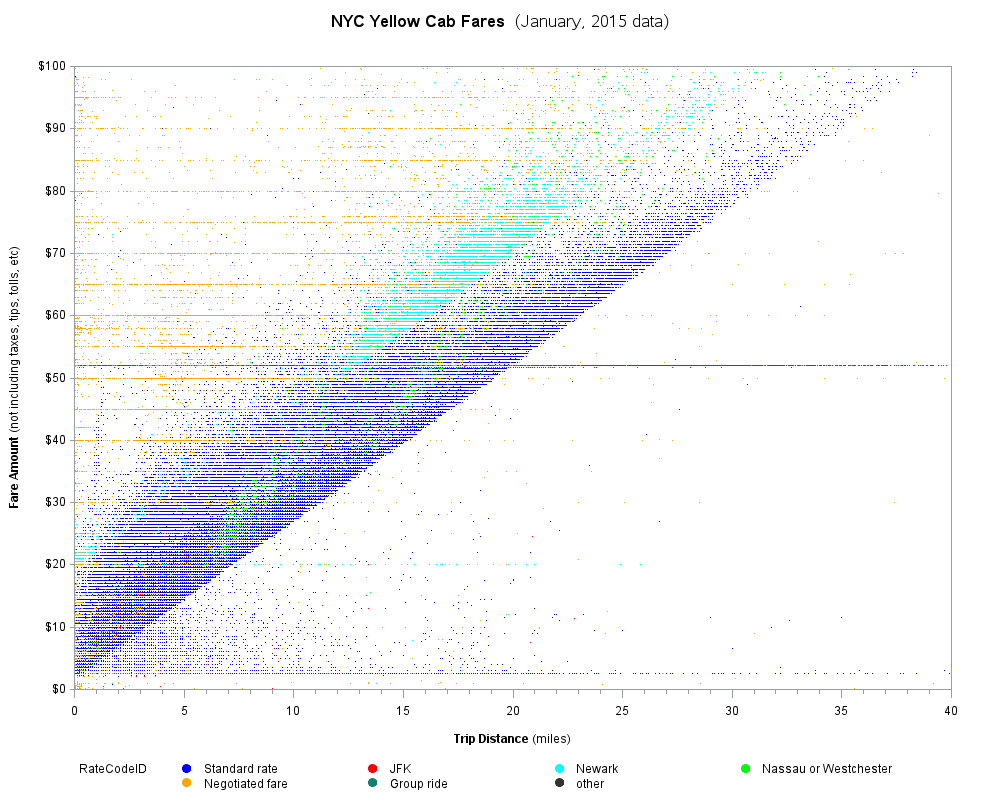
Are you afraid that if you take a ride in a taxi, you might get "taken for a ride"? If trying to figure out the reasonable price of a taxi is a bit voodoo/black-box to you, here is a SAS data analysis of over 12 million NYC Yellow Cab rides, that
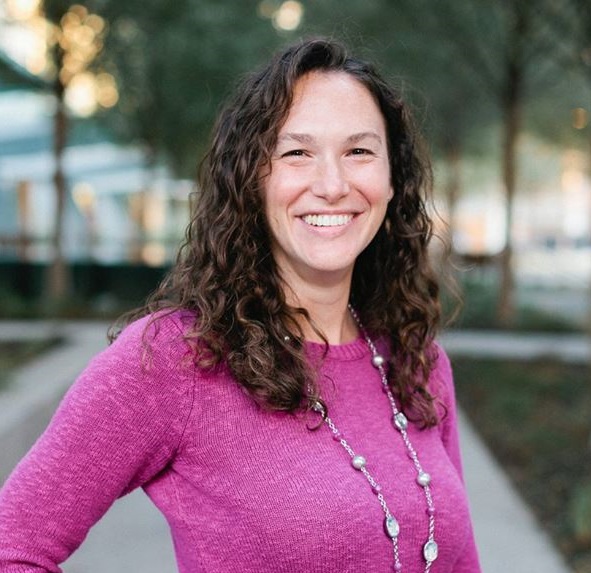
How do universities predict which students will enroll? And how do they determine what actions recruitment officers should take to entice students to pick their university? These were two of the key questions tackled by Lisa Moore, Data Scientist at University of Oklahoma, during her presentation at The Texas Association
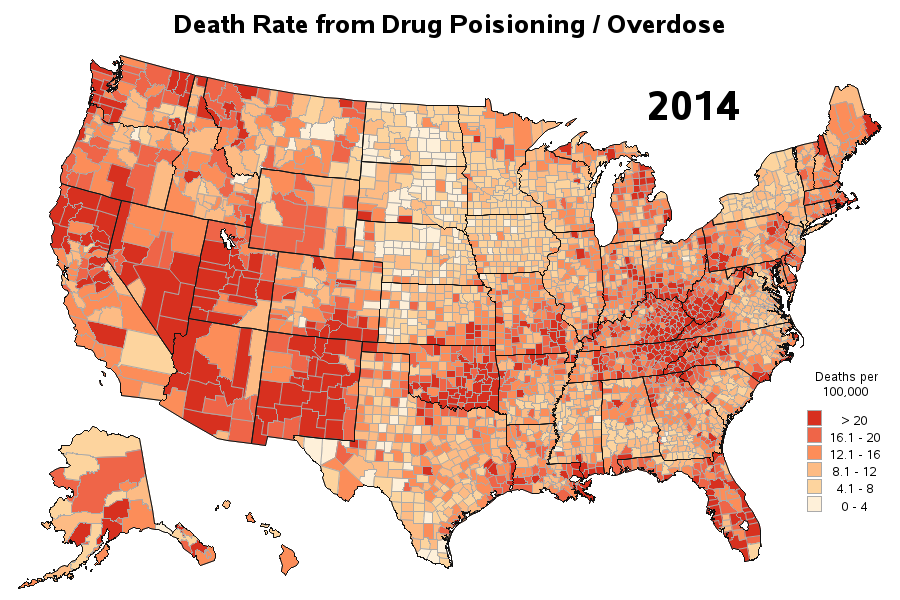
Lately I've seen several articles about drug overdose deaths being on the increase. But I didn't really like the graphs in those articles, so I tried to create some better ones using SAS ... For example, here's a map from the National Center for Health Statistics website (see the 3rd dashboard/tab

In 2012, the value of big data equity in the UK was estimated at £12 billion a year or 0.7 percent of the annual Gross Domestic Product (GDP). Four years flew by and the second report by the Centre for Economics and Business Research (Cebr) puts the opportunity at £46

Machine learning is not new. SAS has been doing it for over 20 years and some early machine learning papers date back to the 50’s. So why is it one of the hottest topics at the Strata Hadoop World conference later this week? Clearly, Hadoop is playing a major role
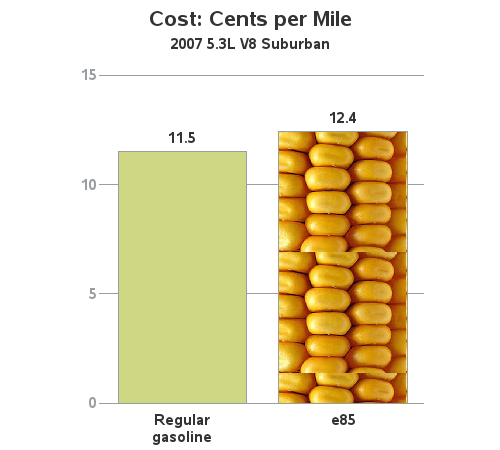
I recently bought a vehicle that has FlexFuel capability and can use E85 (mostly ethanol) fuel. But can you guess whether it is more economical for me to use E85, or regular gasoline? Read the SAS analysis below to see if you guessed right! I've been the happy owner of

Anknüpfend an meinen Einstieg in die Big-Data-Welt und nach meiner Reise in die Vergangenheit mit „In-Memory“ hat mich die Neugier gepackt. Was hat es mit anderen Technologien auf sich, die gerade dabei sind, unsere Welt zu revolutionieren? Blicken wir zunächst einmal auf „Event Stream Processing“ (ESP). Ein Thema, das gerade
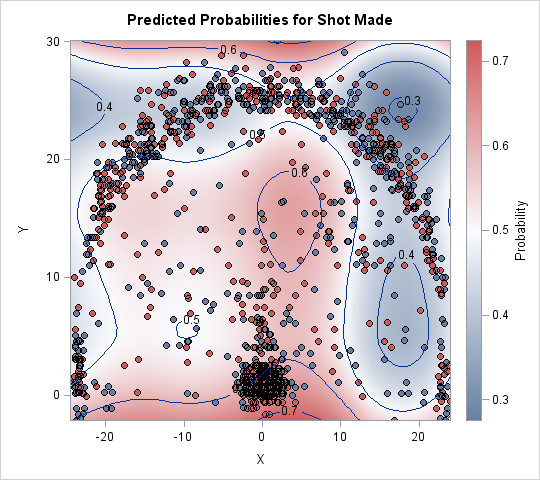
Last week Robert Allison showed how to download NBA data into SAS and create graphs such as the location where Stephen Curry took shots in the 2015-16 season to date. The graph at left shows the kind of graphs that Robert created. I've reversed the colors from Robert's version, so

Es increíble ver cómo cada vez más organizaciones se dan cuenta de la necesidad de optimizar su atención a cliente y subir este servicio a lista de factores que representan ventaja competitiva. Sabiendo esto, un importante número de empresas han recurrido al uso de inteligencia artificial y realidad virtual. Recientes
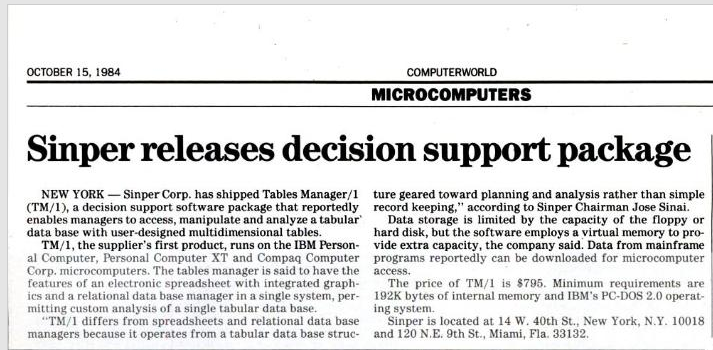
Big-Data-Definitionen und -Herleitungen à la drei, vier oder noch mehr „V”s gibt es zur Genüge, alle wohldurchdacht und stimmig. Ihnen allen gemein ist aber die generelle Einordnung des Themas als Zukunftsinitiative. Übertrieben gesagt: weg vom Rechenschieber hin zur künstlichen Intelligenz, die alles perfekt entscheidet und aus dem Nichts heraus neue

It’s hard to believe, but SAS Global Forum 2016 is less than two months away. As chair of this year’s conference, I’ve been preparing for the event for nearly two years. Now, it’s right around the corner! Lately, I’ve been spending a lot of time reading and contributing to the

When the likes of Elon Musk and Stephen Hawking go on record warning about the dangers of AI, it’s probably prudent to take notice. However, before rushing off into full panic mode, some definitions and perspective would be in order. The type of artificial intelligence Musk and Hawking are referring
Universities using data is a topic close to SAS’ heart, and in a recent blog we talked about the specific challenges that UK universities face in attracting and keeping students, and how data can help universities better understand the student lifecycle. The first Universities and College Admissions Services (UCAS) deadline

.@philsimon on the convergence between tools such as Hadoop and strategy.

En México las industrias como Telecomunicaciones, Retail, Sector Público y Financiero, tienen un peso importante por el impulso que tienen hacia otros sectores y sobre todo por la apertura laboral en el país, gracias a su constante crecimiento. Estas empresas se han mantenido fuertes gracias a la constante innovación que

How do public higher education institutions get funded? In the past, state funding was tied to enrollment, but now more states are tying funding to institutional performance. State Legislatures want more accountability for money spent on higher education and have turned to performance-based funding (also called outcomes-based funding). As such,